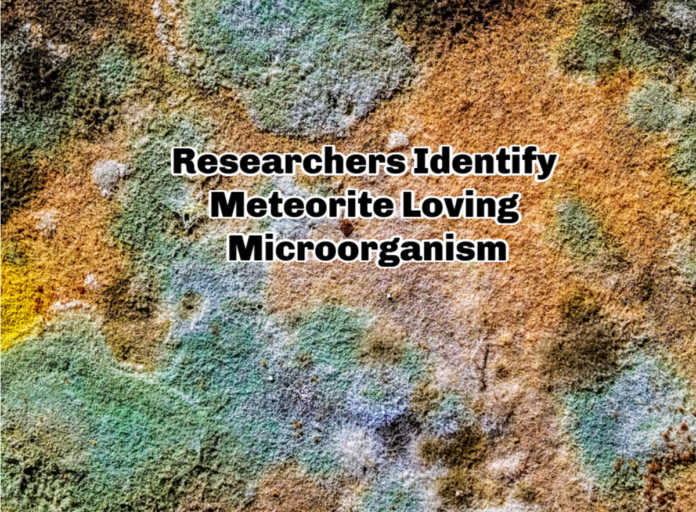Microbial Growth On Meteorites
This microorganism prefers meteorites. A new study focusing on the microbial growth of Metallosphaera sedula on meteorites.
Microorganisms that are chemolithotrophic obtain their energy from inorganic sources. Growing on the meteorite, this organism’s physiological processes were studied in this research. This leads to insights on the potential of extraterrestrial materials being a source of accessible energy and nutrients for microorganisms of the early Earth. The evolution of life on Earth may have been facilitated by a variety of essential compounds delivered by meteorites.
Tetyana Milojevic, an astrobiologist from the University of Vienna, along with an international team explored the metal-microbial interface and the physiology of Metallosphaera sedula, an extreme metallophilic archaeon that lives on and interacts with a meteorite, the extraterrestrial material meteorite Northwest Africa 1172 (NWA 1172). Based on extraterrestrial materials, biogenicity can be assessed and this provides a great source of information to explore the putative extraterrestrial bioinorganic chemistry, probably occurring in the Solar System.
This Archaeon prefers living on meteorites
The meteoritic material is colonized rapidly by the cells of M. sedula and this happens much faster than the terrestrial origin minerals leading to microbial growth in the meteorite. Tetyana Milojevic says, ”
; For this ancient microorganism, rather than a diet on terrestrial mineral sources, the meteorite-fitness appears to be more beneficial. A multimetallic material, NWA 1172 might provide more trace metals for facilitating microbial growth and metabolic activity. The higher rate of growth of M. sedula might also be due to the porosity of NWA 1172.”Nanometer-scale Investigations
The trafficking of the inorganic constituents on the meteorite was traced by scientists into a microbial cell and they investigated the iron redox behavior. At nanometer-scale spatial resolution, the meteorite-microbial interface was analyzed. The scientists unraveled a set of biogeochemical fingerprints that were left upon the growth of M. sedula on the meteorite NWA 1172 using a combination of many analytical spectroscopy techniques and transmission electron microscopy.
Milojevic concludes saying, ” The ability of M. sedula for performing biotransformation of meteorites minerals, the microbial growth and the microbial fingerprints on the meteorite material is validated in our investigations, providing us the next step in understanding biogeochemistry of meteorite.”
Microbial Growth On Meteorites, Microbial Growth On Meteorites, Microbial Growth On Meteorites
Author: Prathibha HC






























